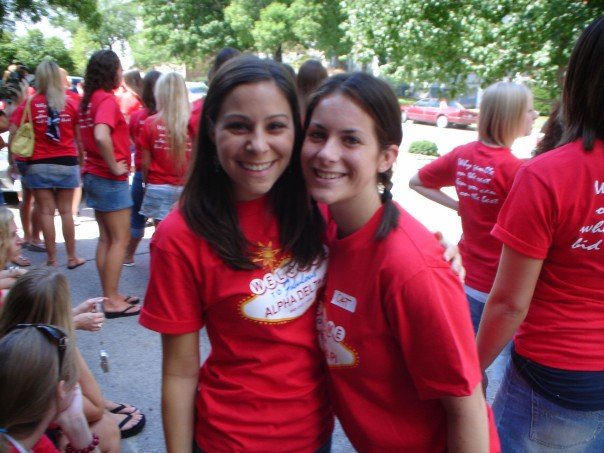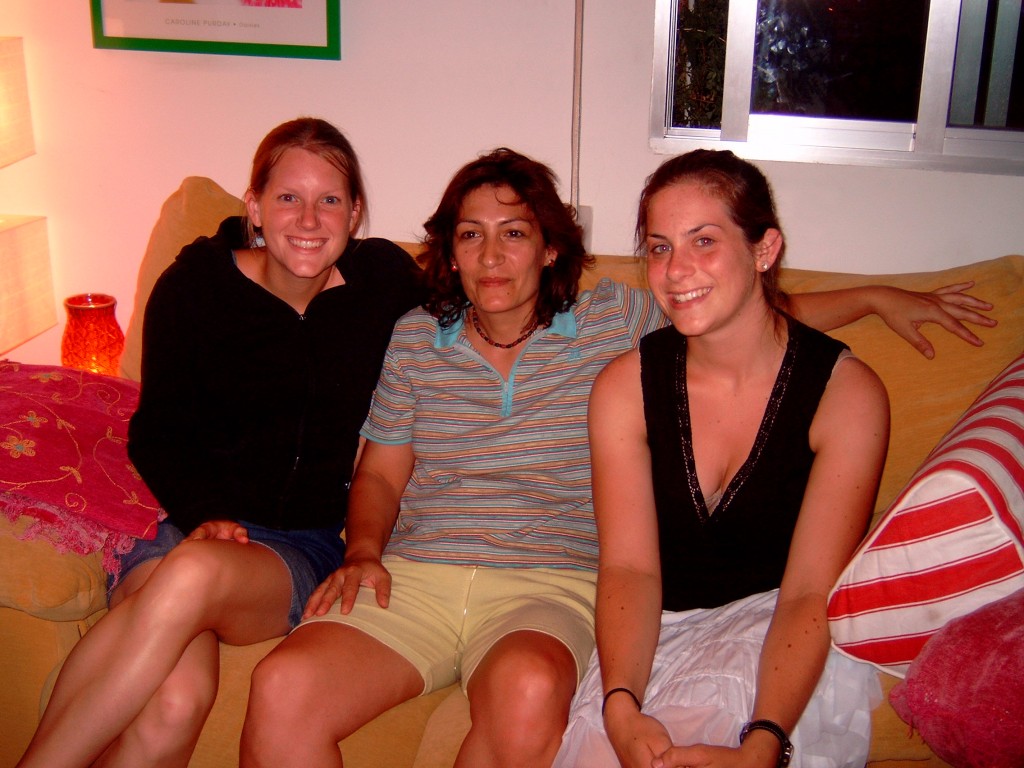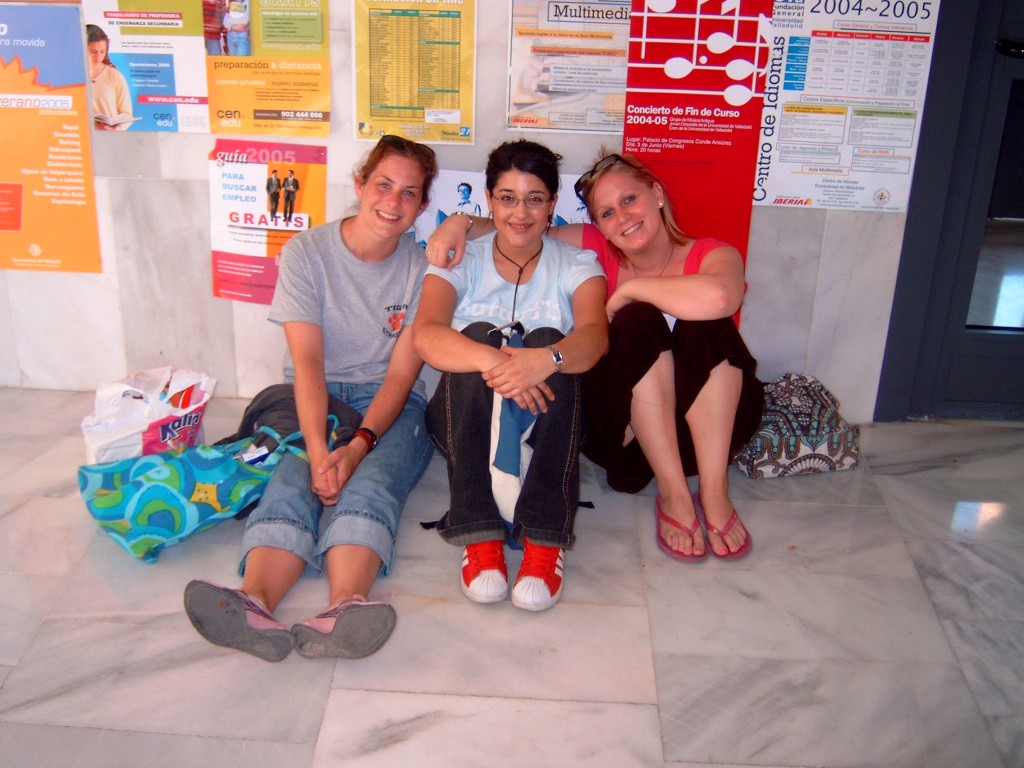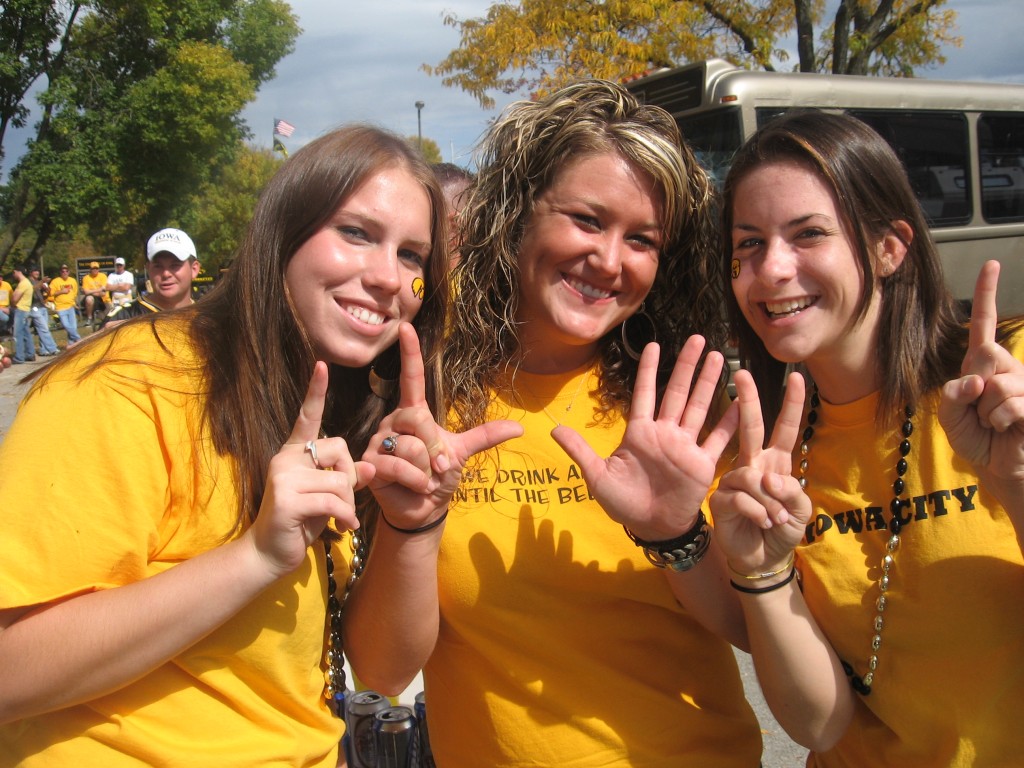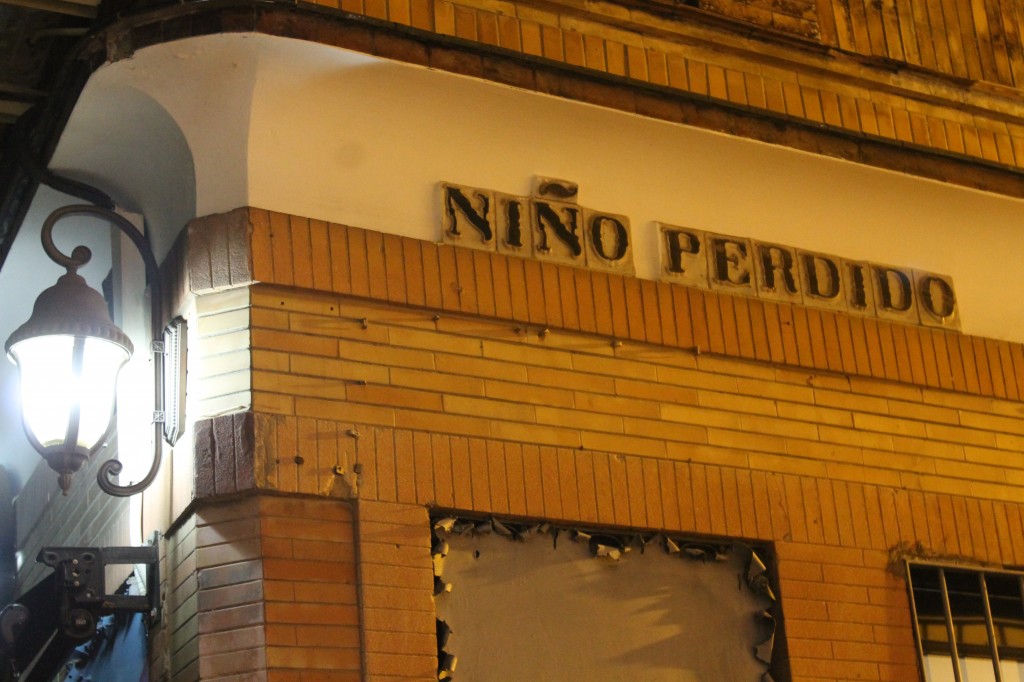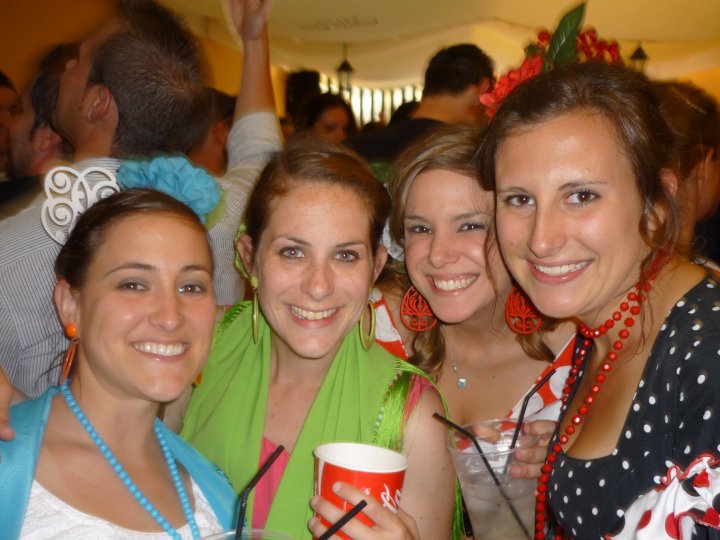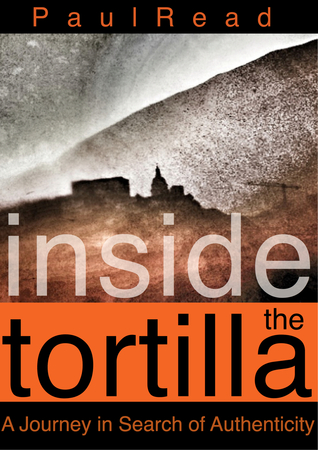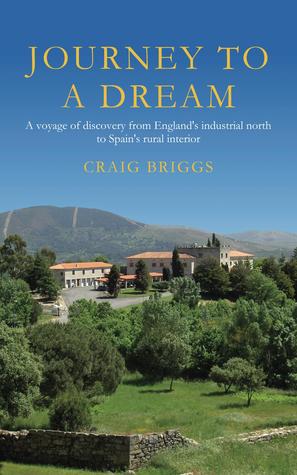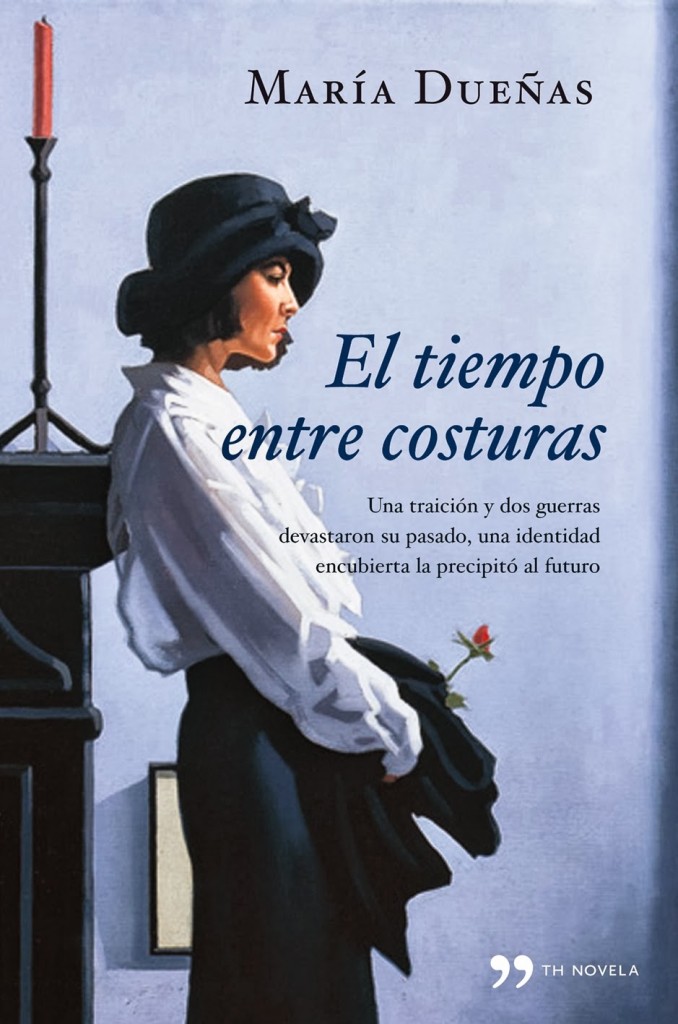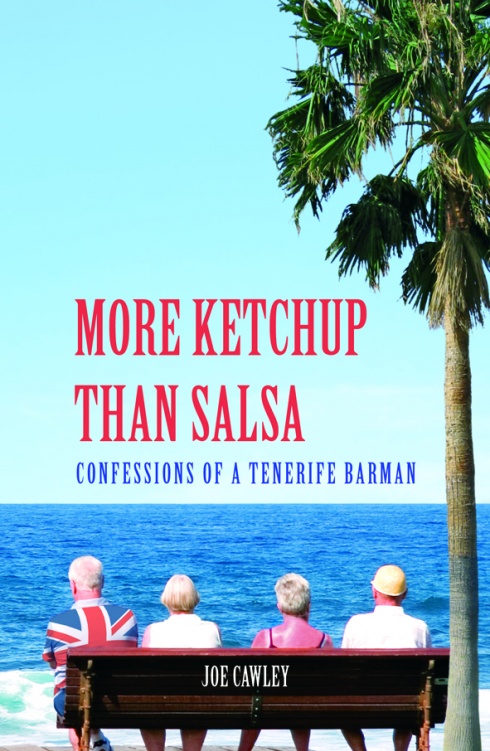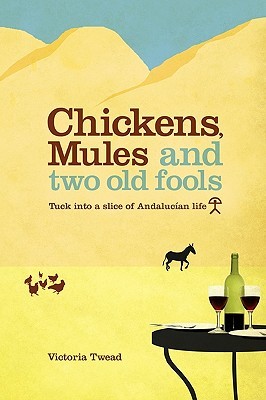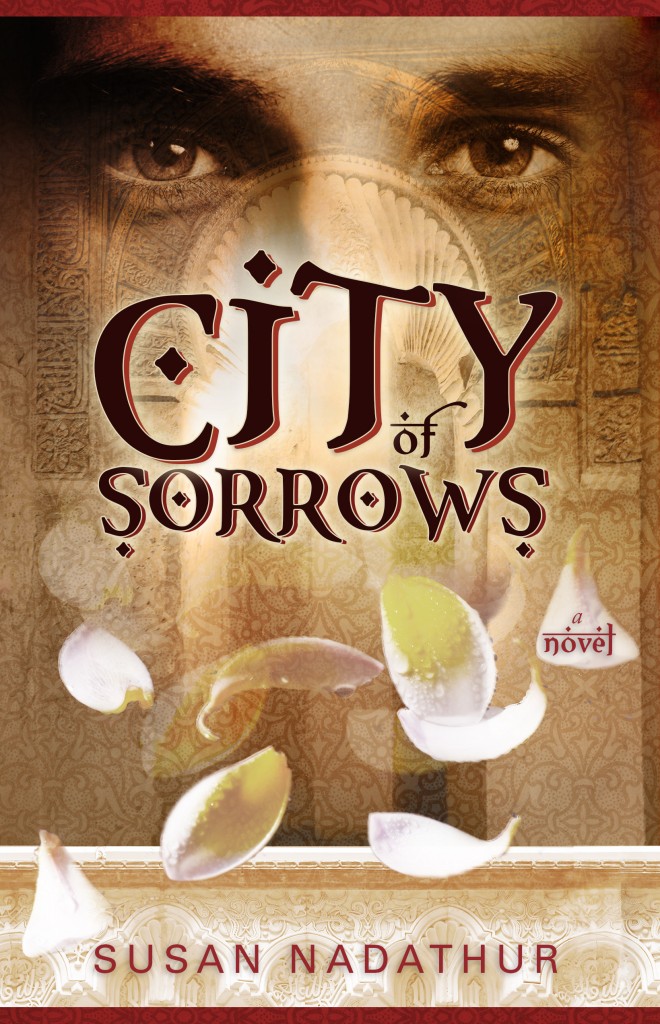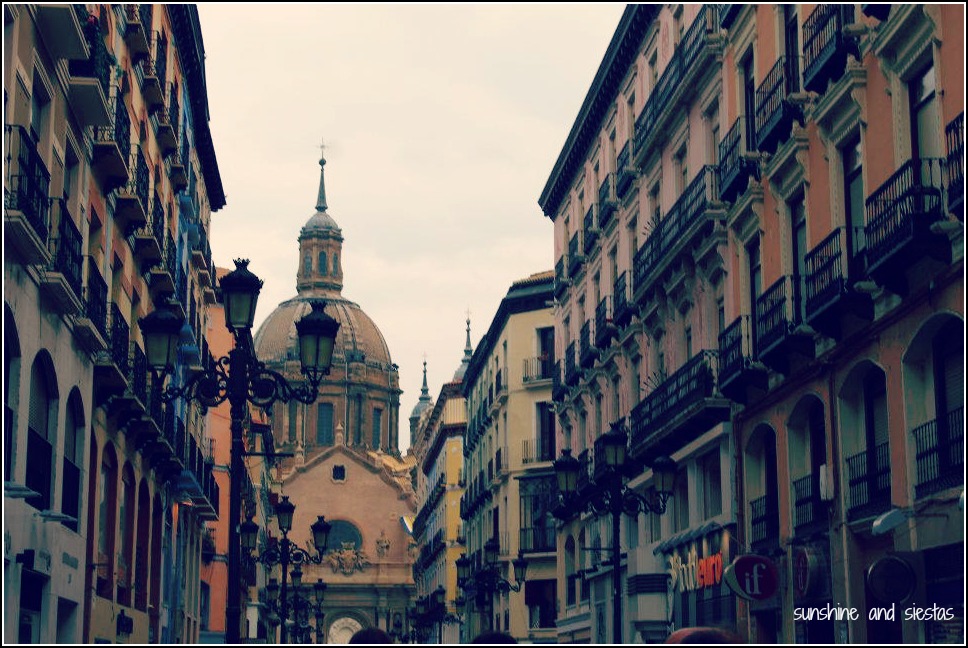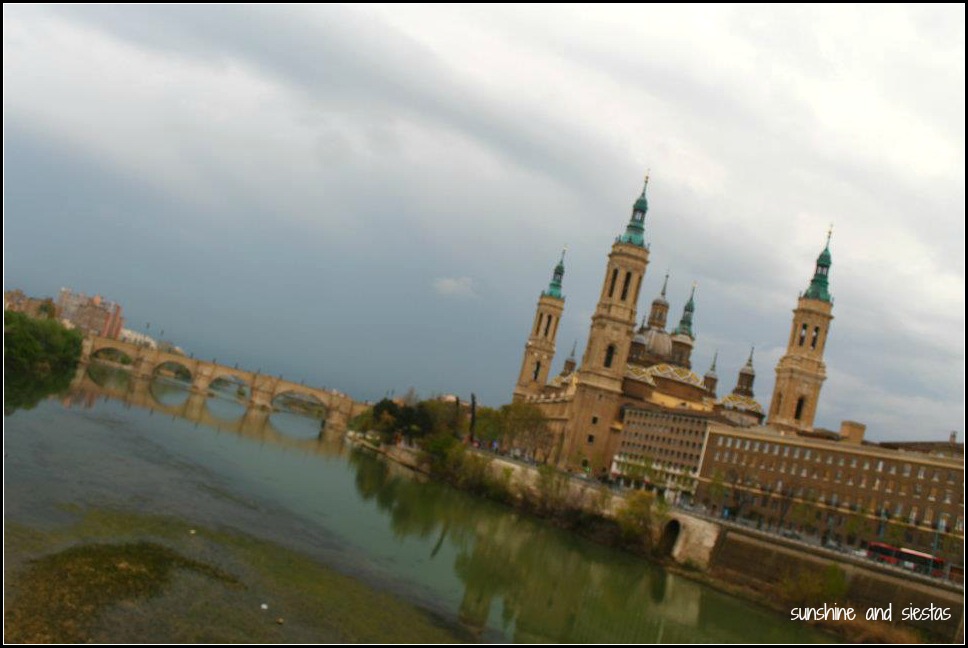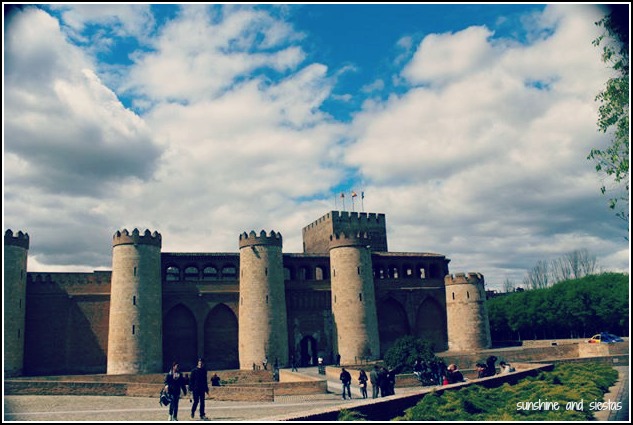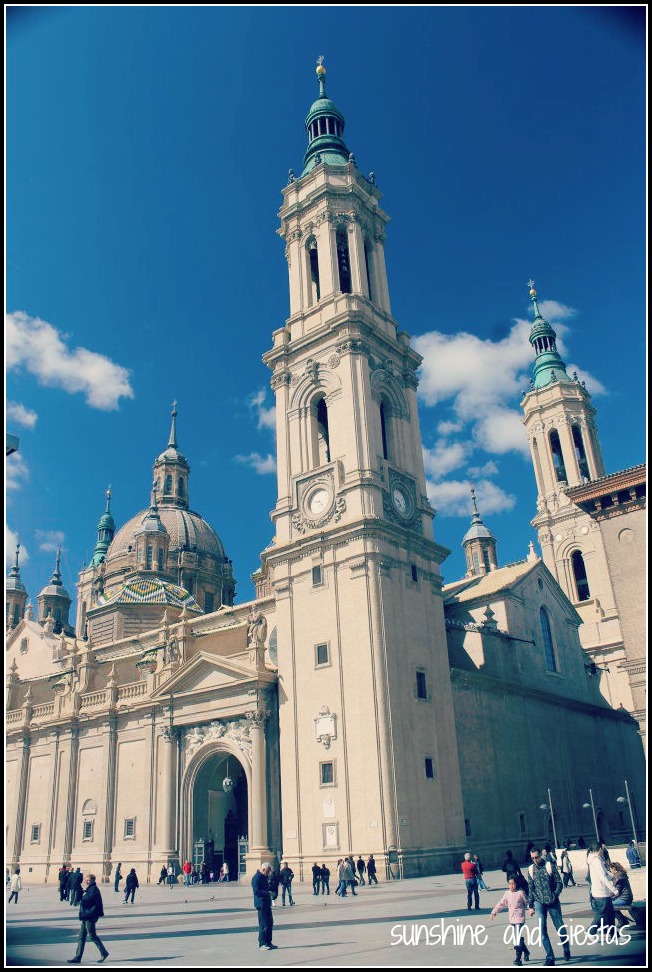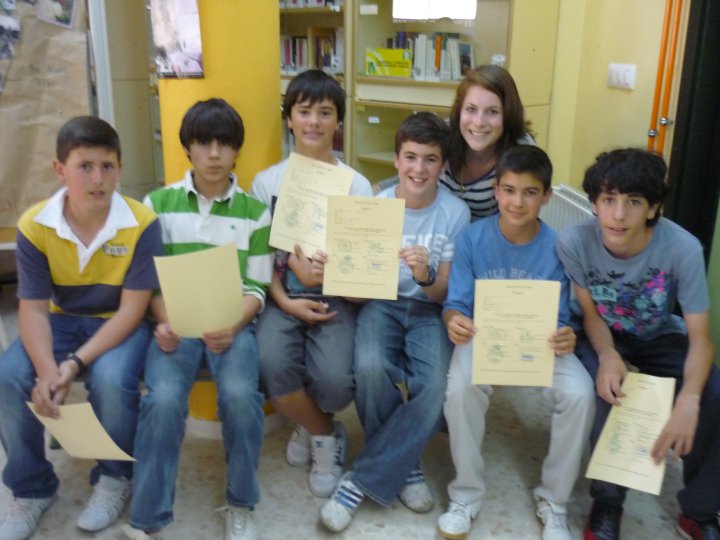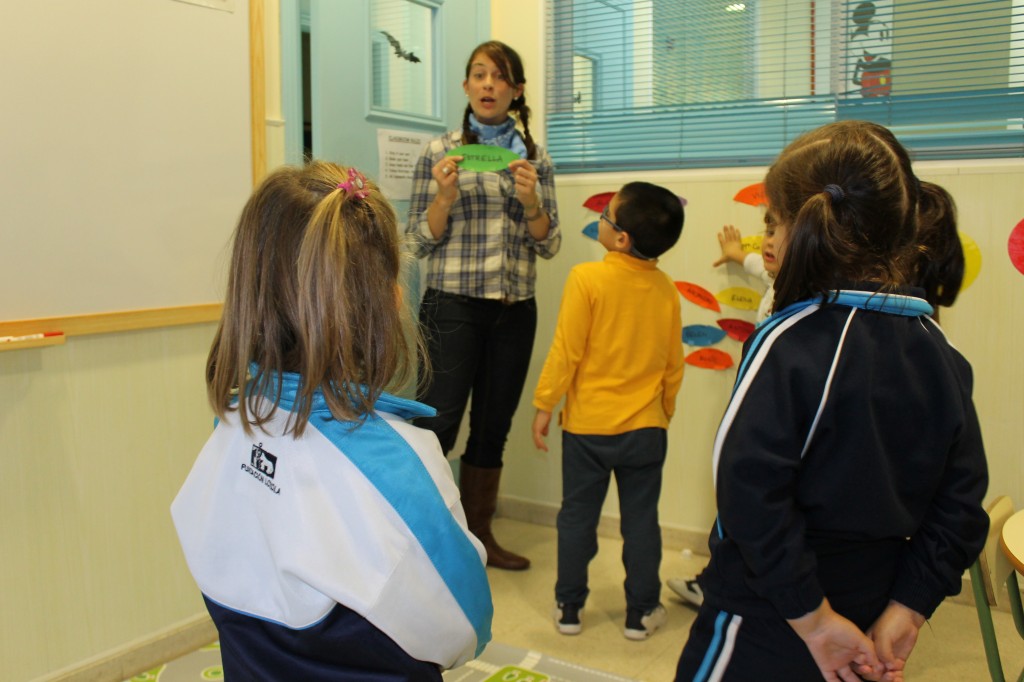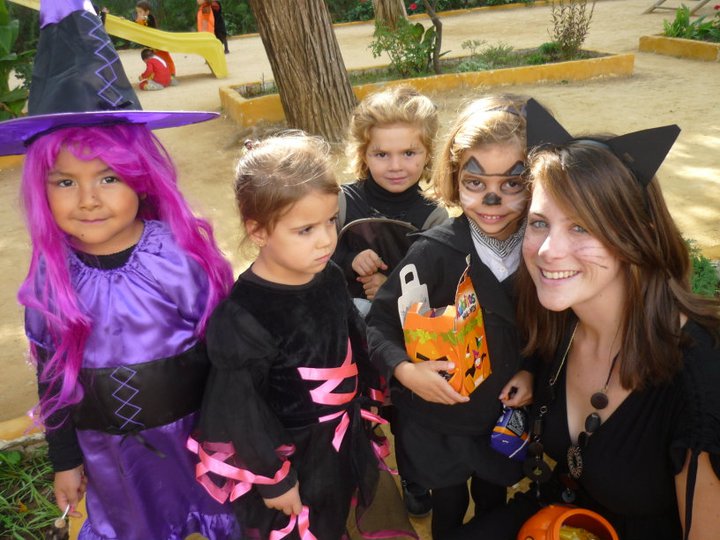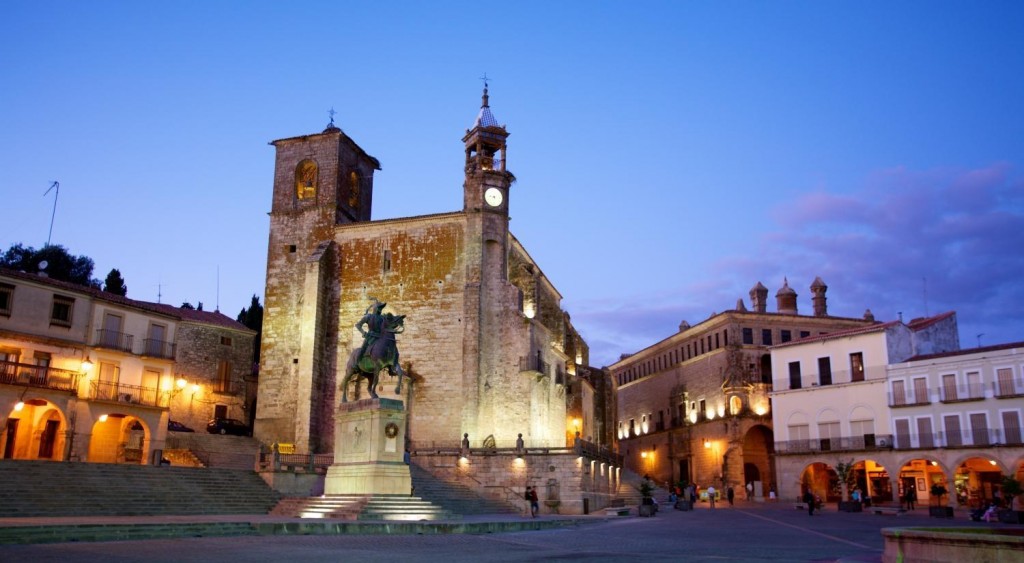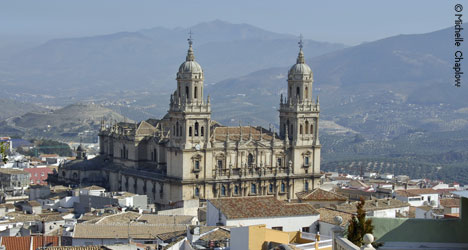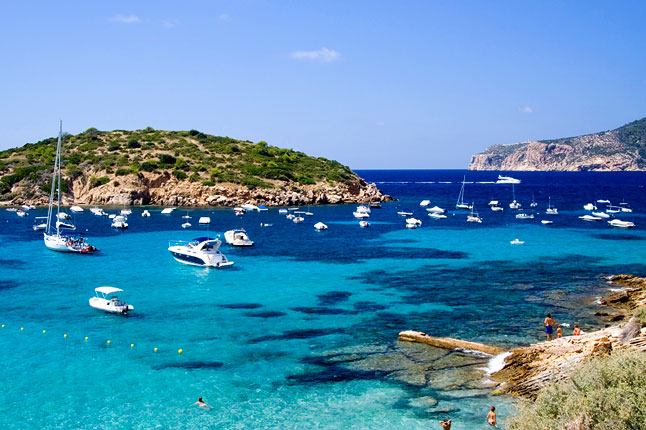Emails form part of my daily routine, and many who write are travelers looking for a great place to eat or see flamenco, asking about what to miss and what can’t be missed, and seeking information on where to stay in Seville or how to get around.
As my blog readership grew and moved into an expat blog, I began to get more and more inquiries about moving to Spain, which prompted me to co-found COMO Consulting Spain.
On my first trip to Europe in 2001, at age 15
Claire’s recent email stood out. At 17, she’s already dreaming of moving abroad once she finishes school. When I was 17, I’d already traveled to Europe twice and was hooked on the idea that I’d study abroad. The more I think about it, the more a life overseas made sense, thanks to the decisions I made in college and what seems to be a four-year beeline straight towards my final destination.
With her permission, I’m including a snippet of our conversation, as well as a longer explanation of how I got to Seville in the first place:
Claire D. writes:
I just started reading your blog a few days ago and I’m already hooked. I’m seventeen and ever since I visited last summer, I’ve been in love with the idea of living in Europe. Unfortunately I don’t know anybody else who has the same dream as me so I’ve been searching for information and advice from people who have experienced living abroad, which is how I found your blog. I feel like I have so many questions for you but I’ll start with your study abroad program.
I’ll be starting university here in Canada in September and I’m thinking about majoring in Global Studies. I know you mentioned that you studied abroad during your college education as well. I was wondering what you majored in and if it was related in any way to your studies of Spanish language in Spain.

